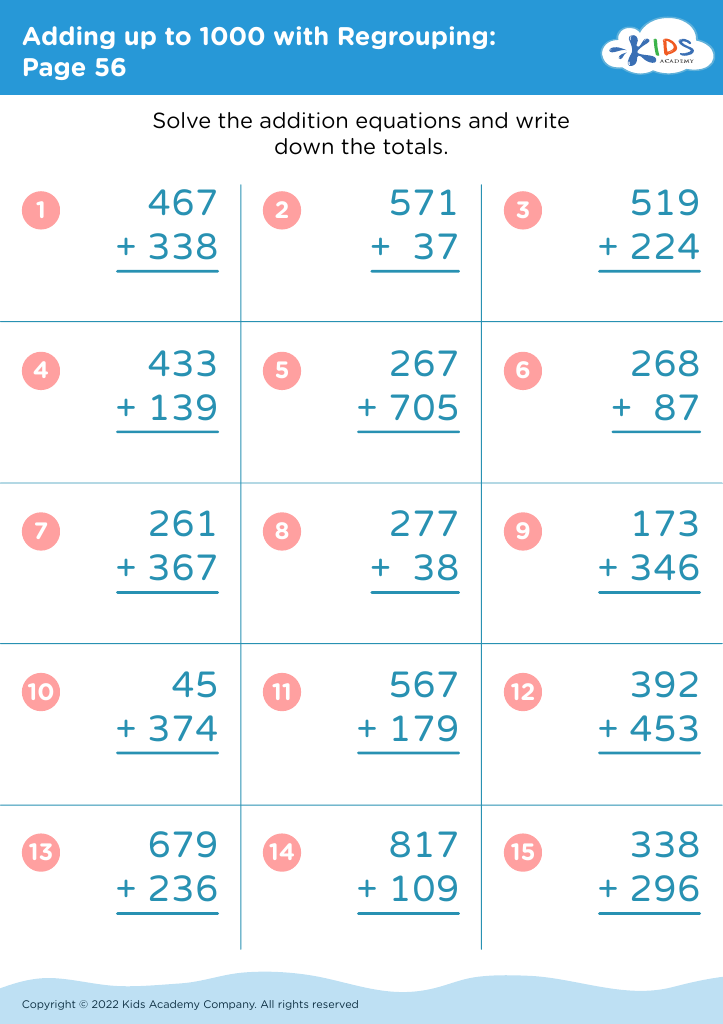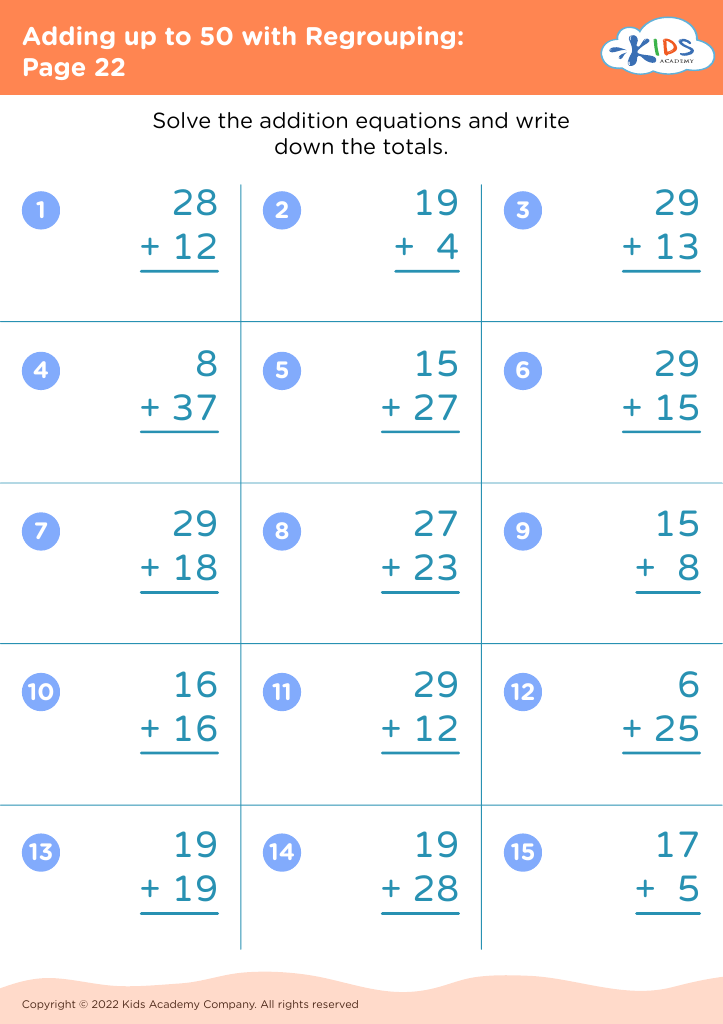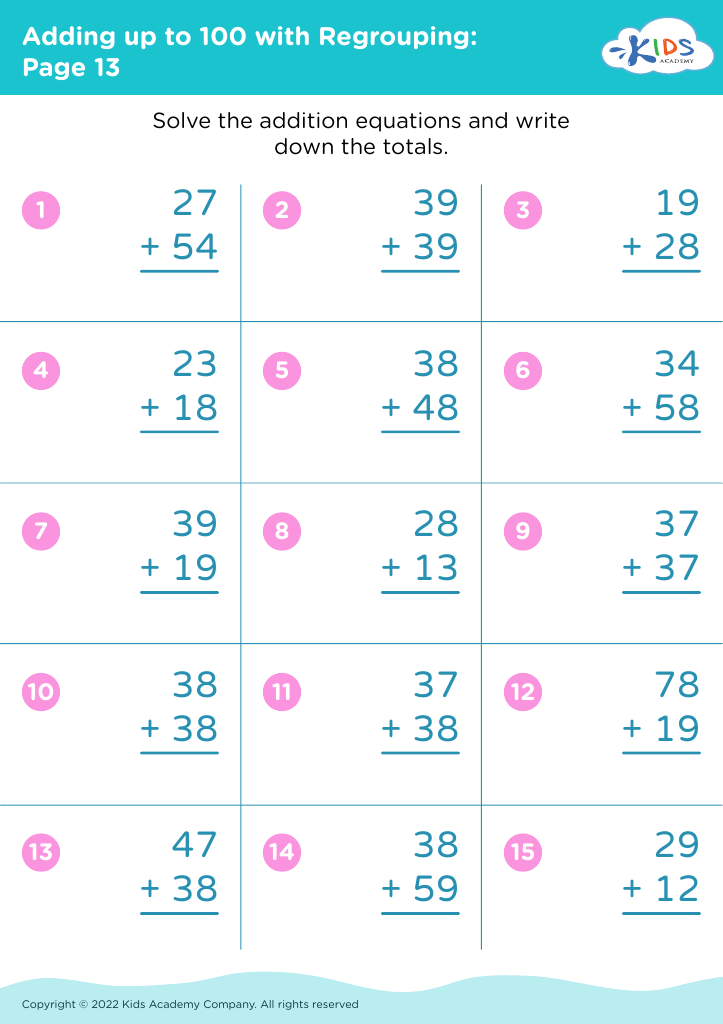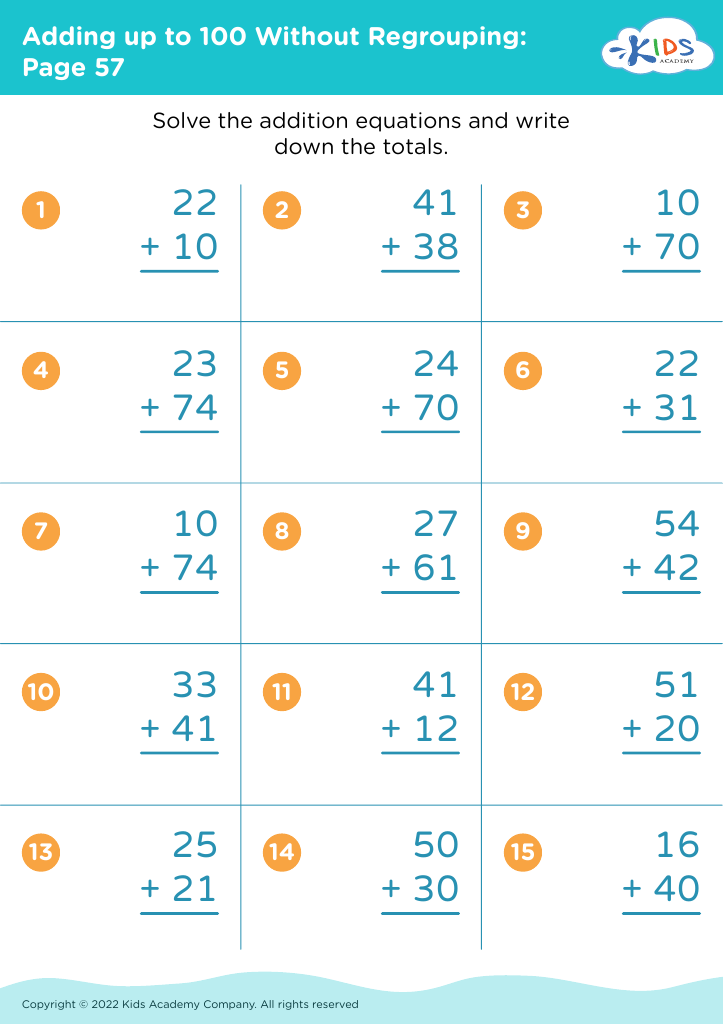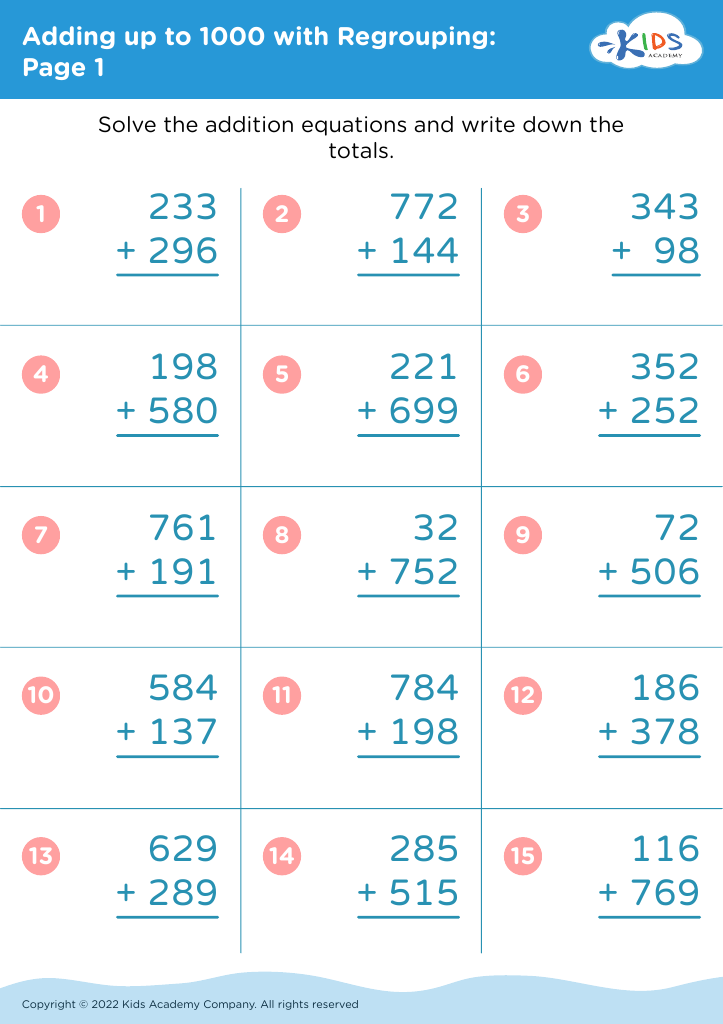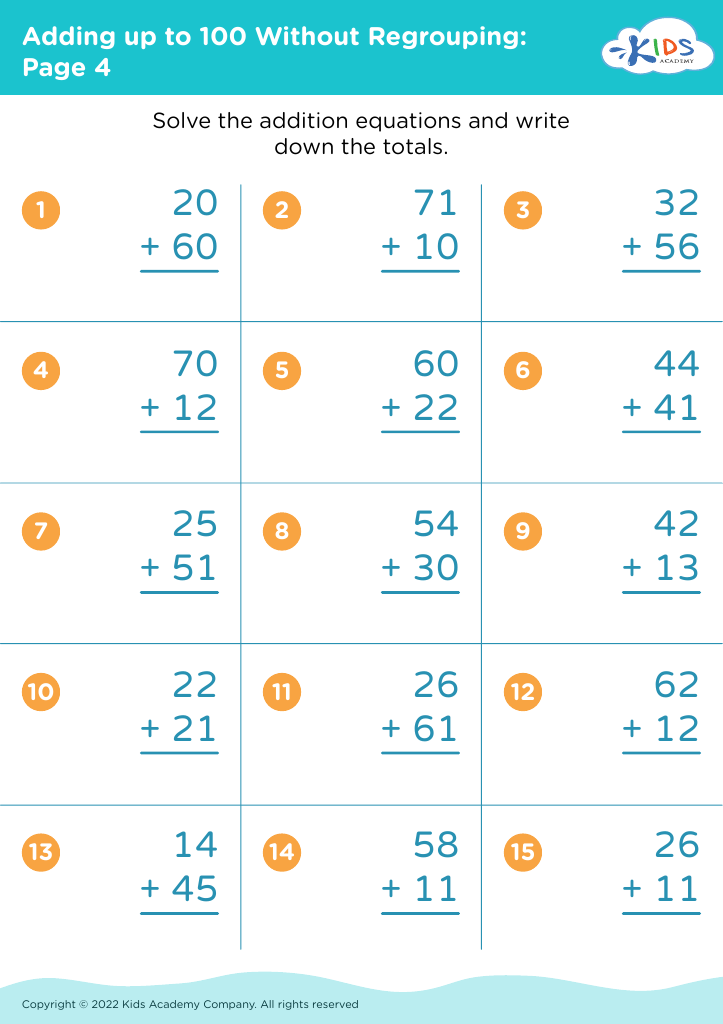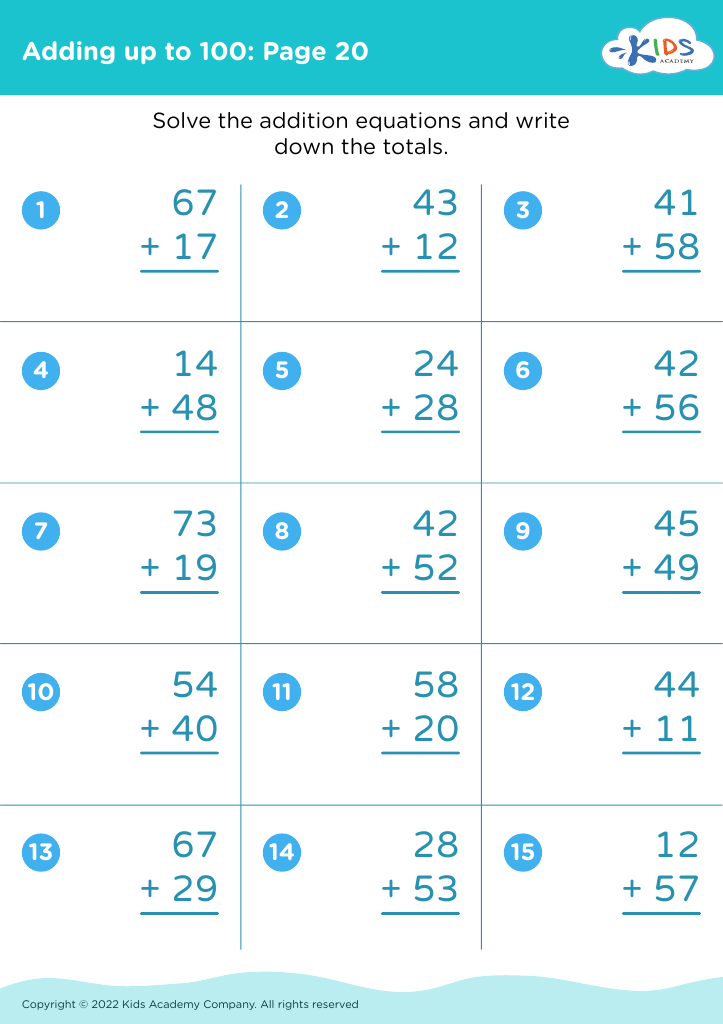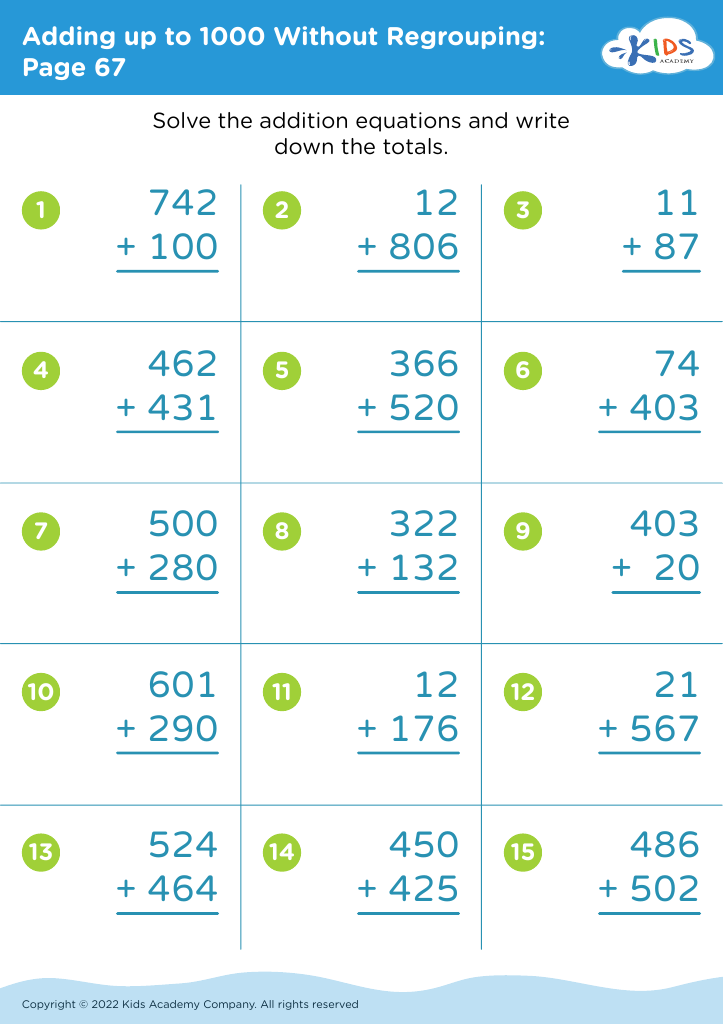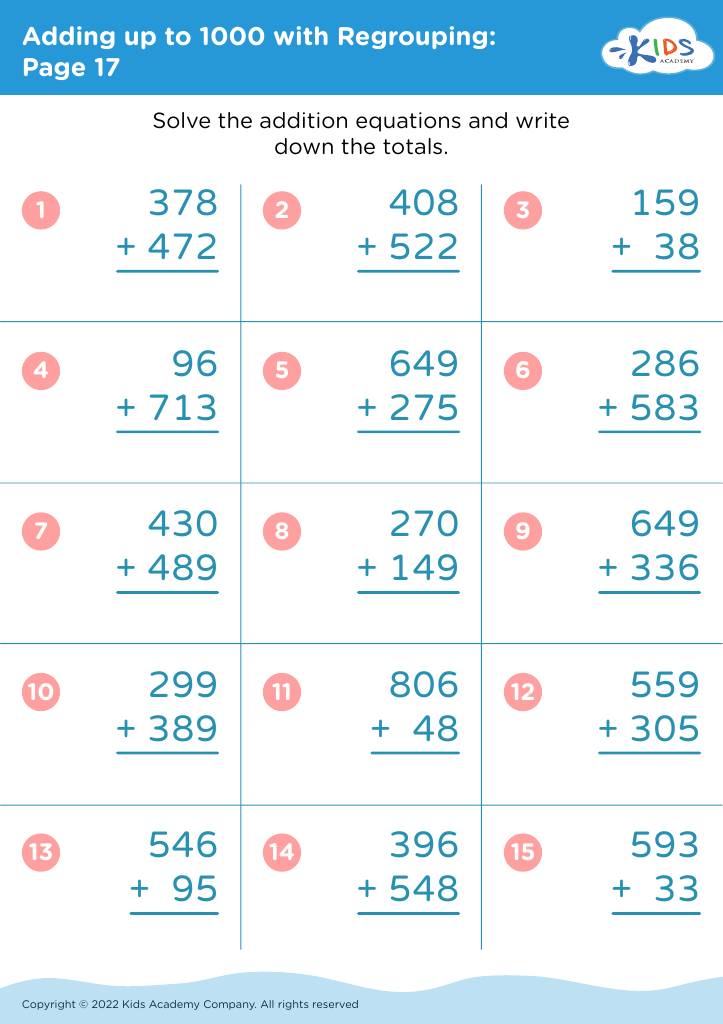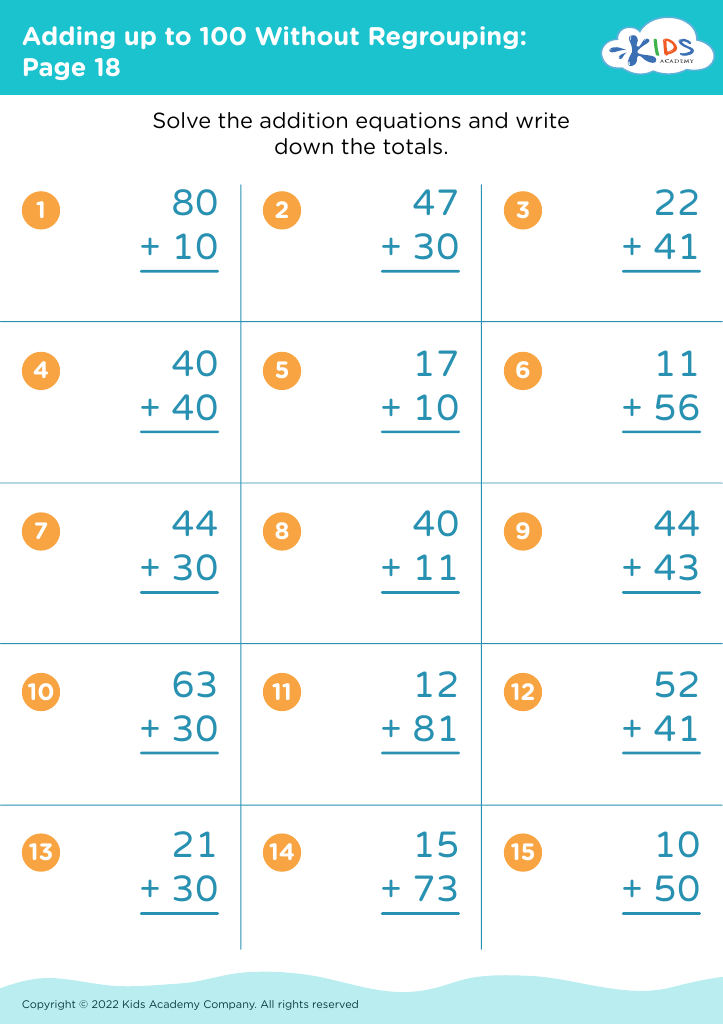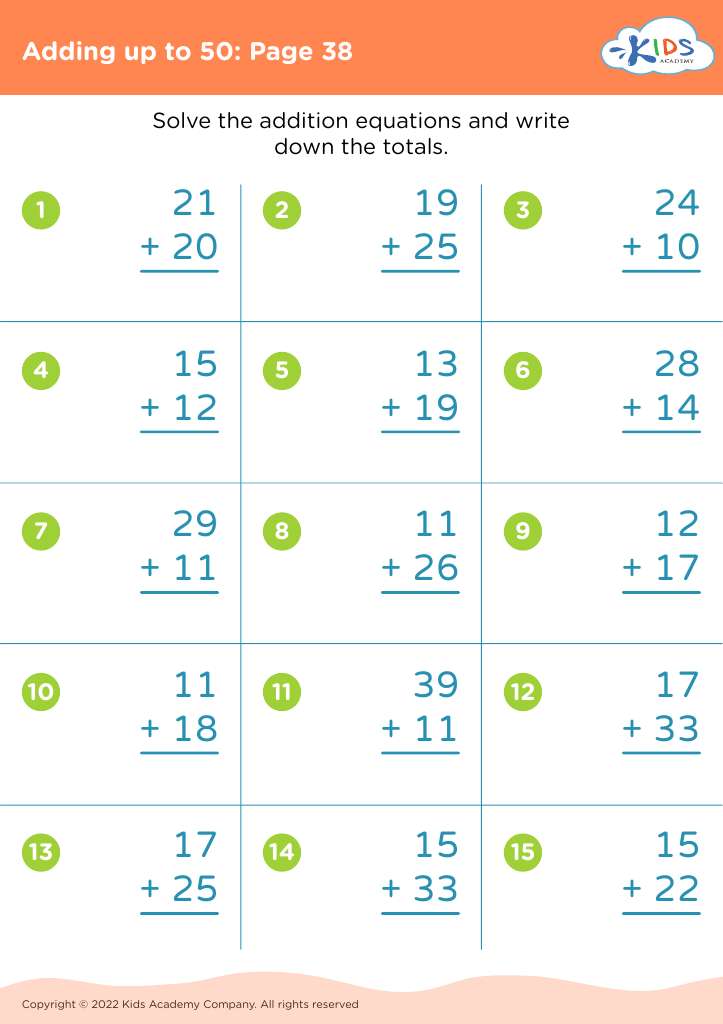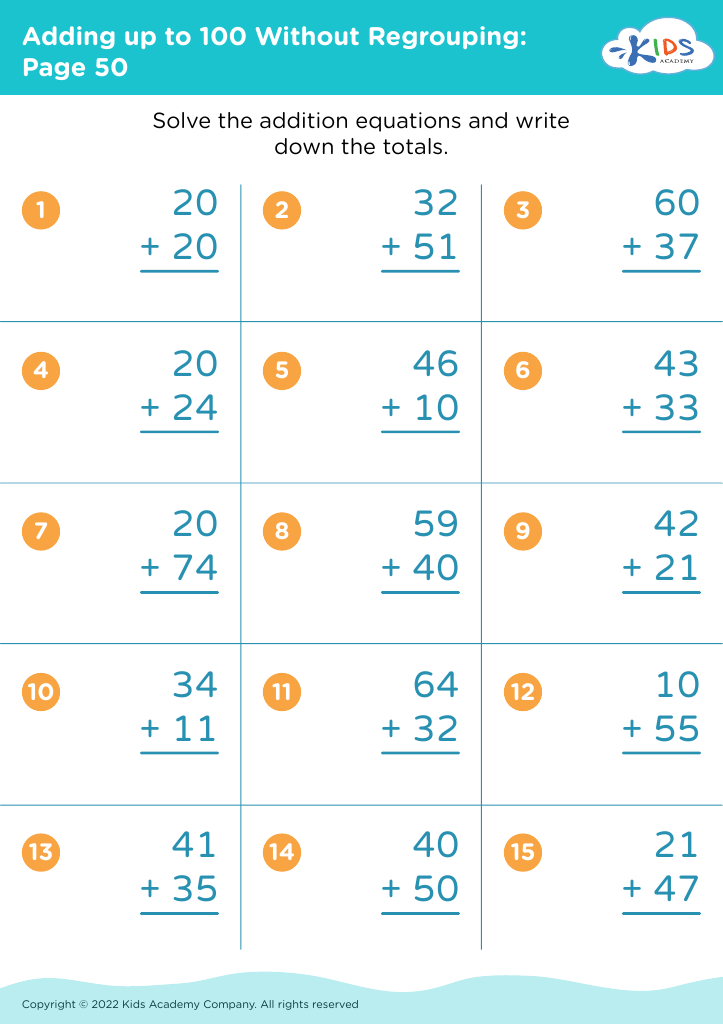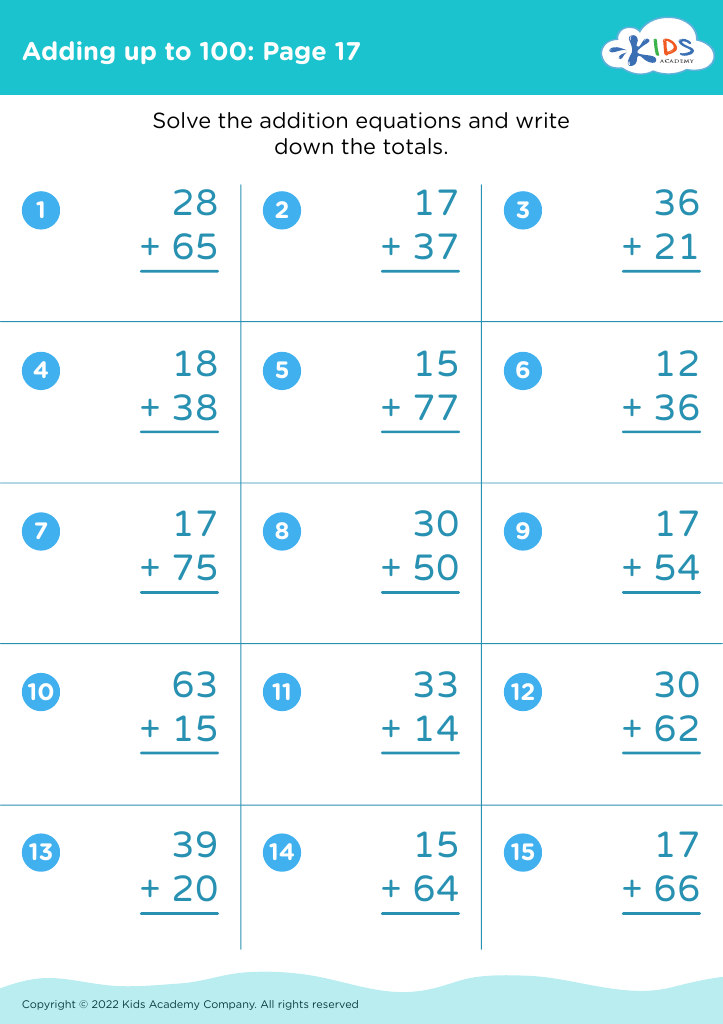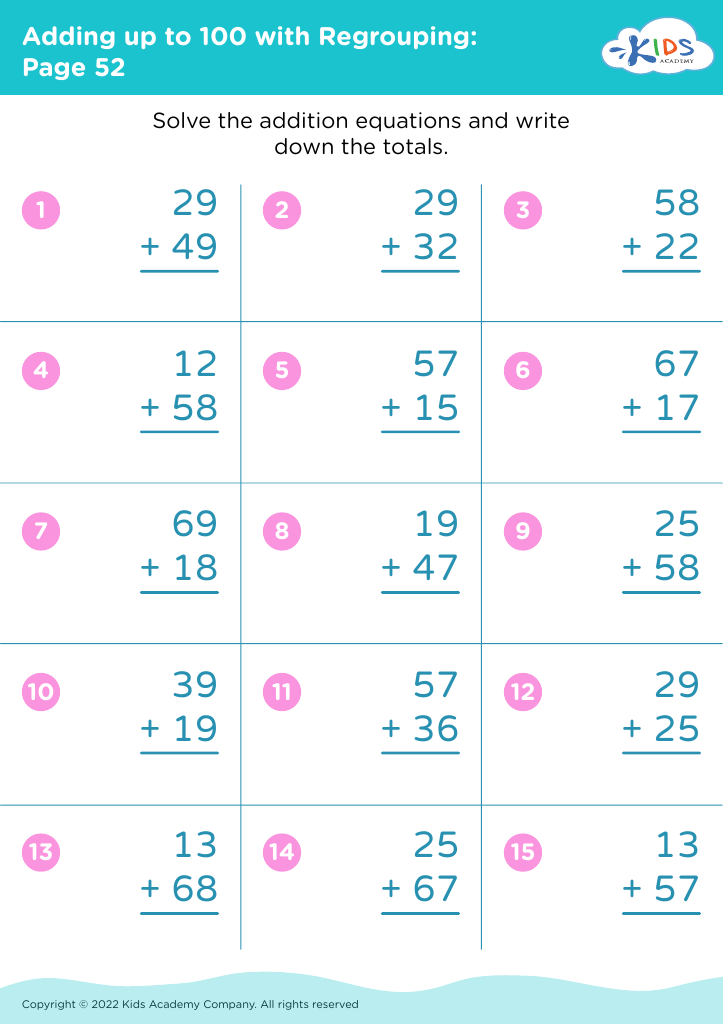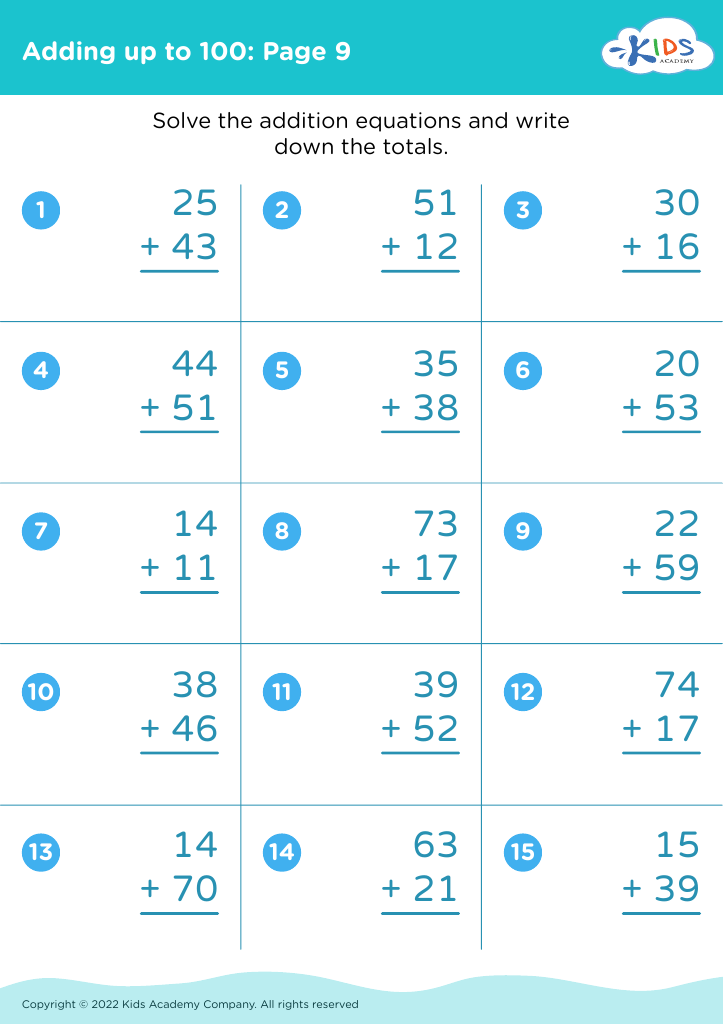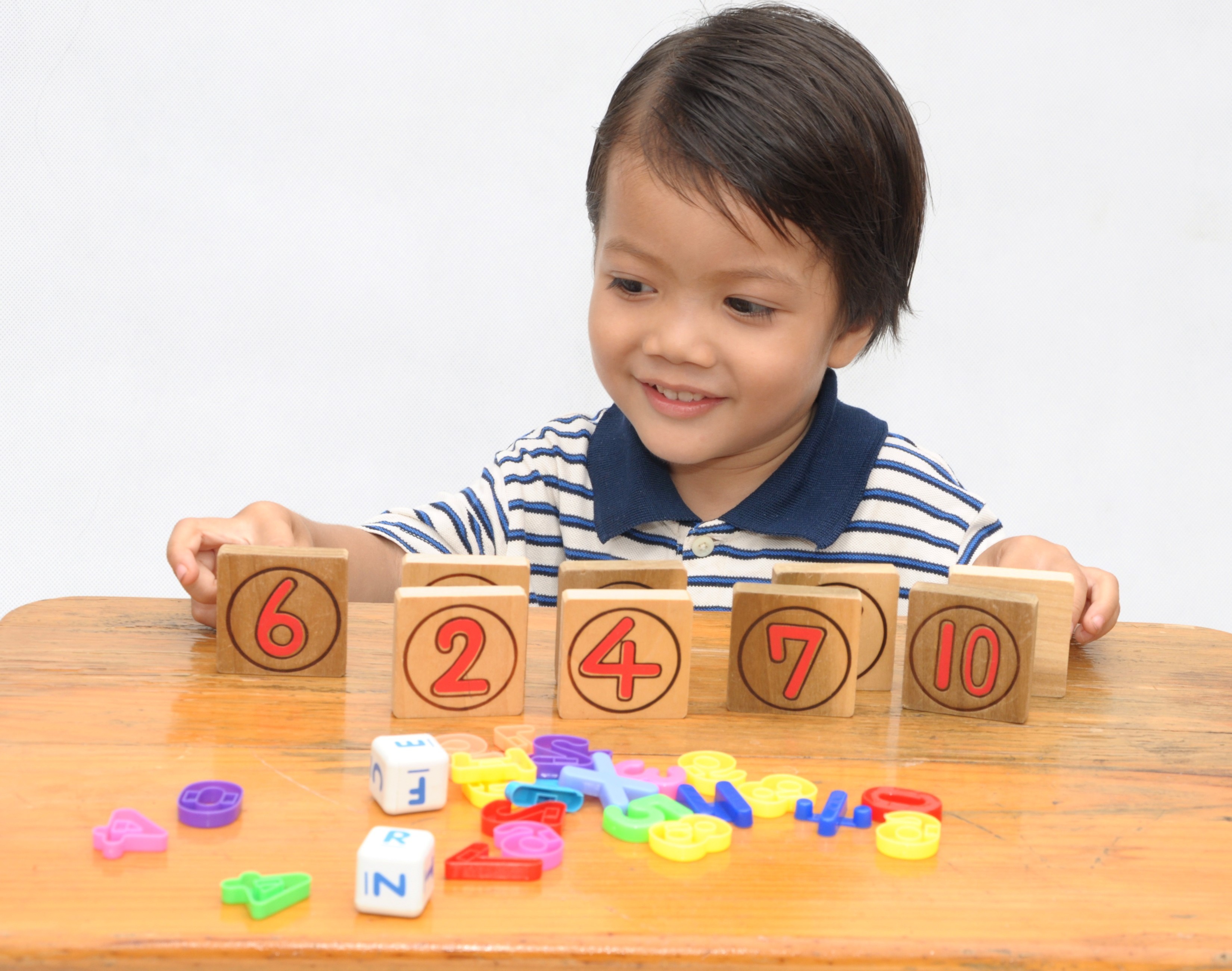Comparing Fractions Worksheets for Ages 3-7 - Page 3
125 filtered results
-
From - To
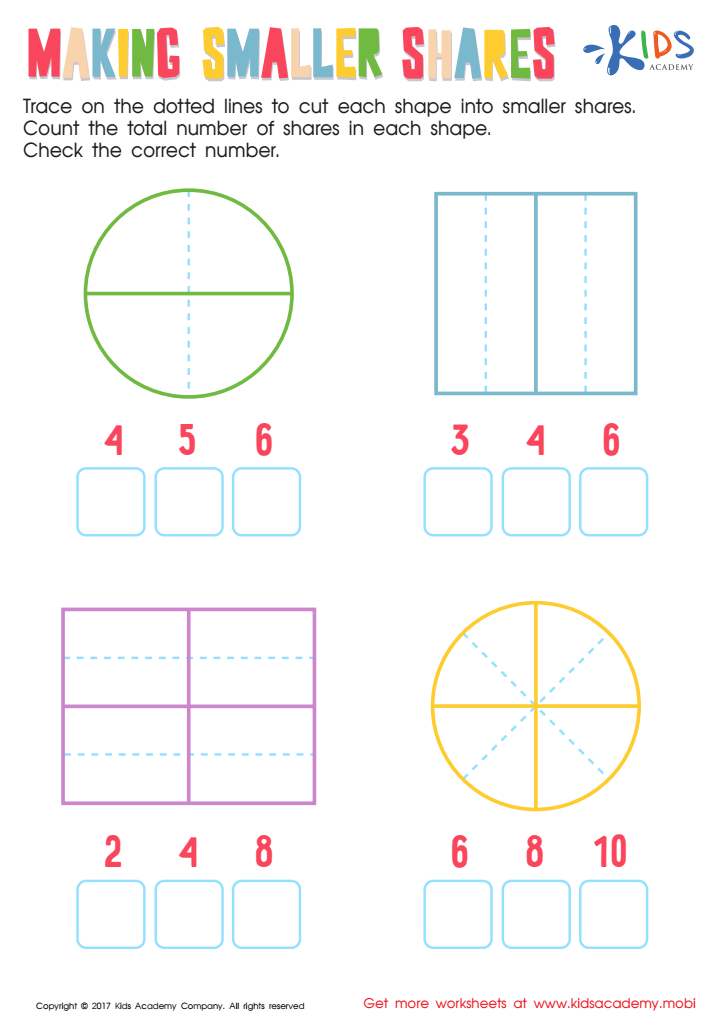

Making Smaller Shares Worksheet
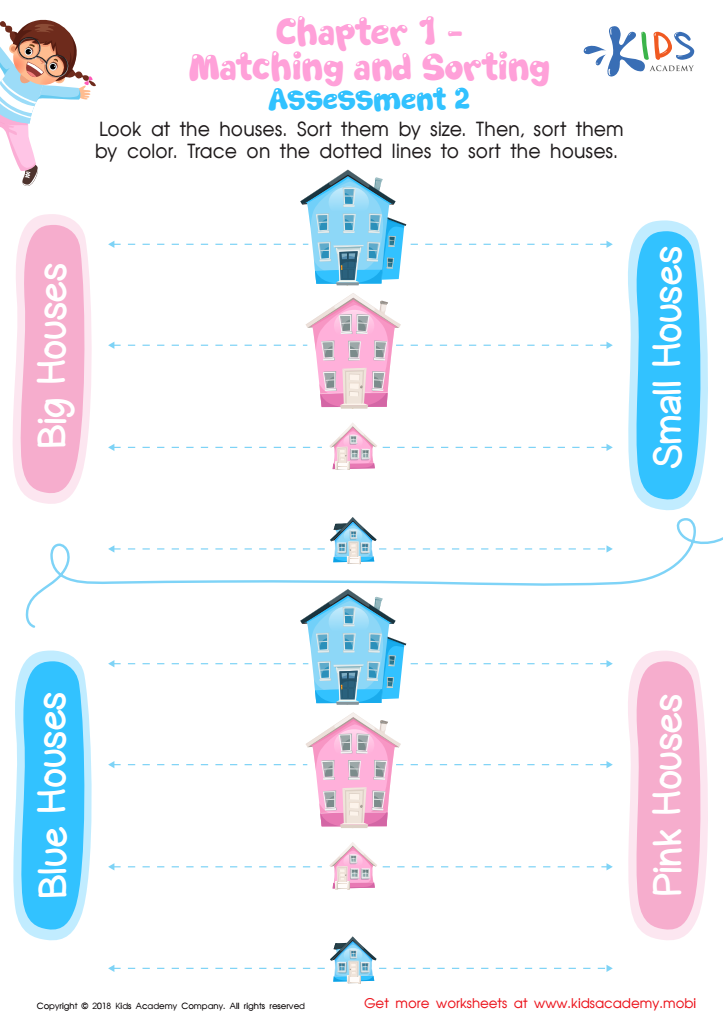

Matching and Sorting for Preschool: Assessment 2 Worksheet


Matching and Sorting for Preschool: Assessment 1 Worksheet
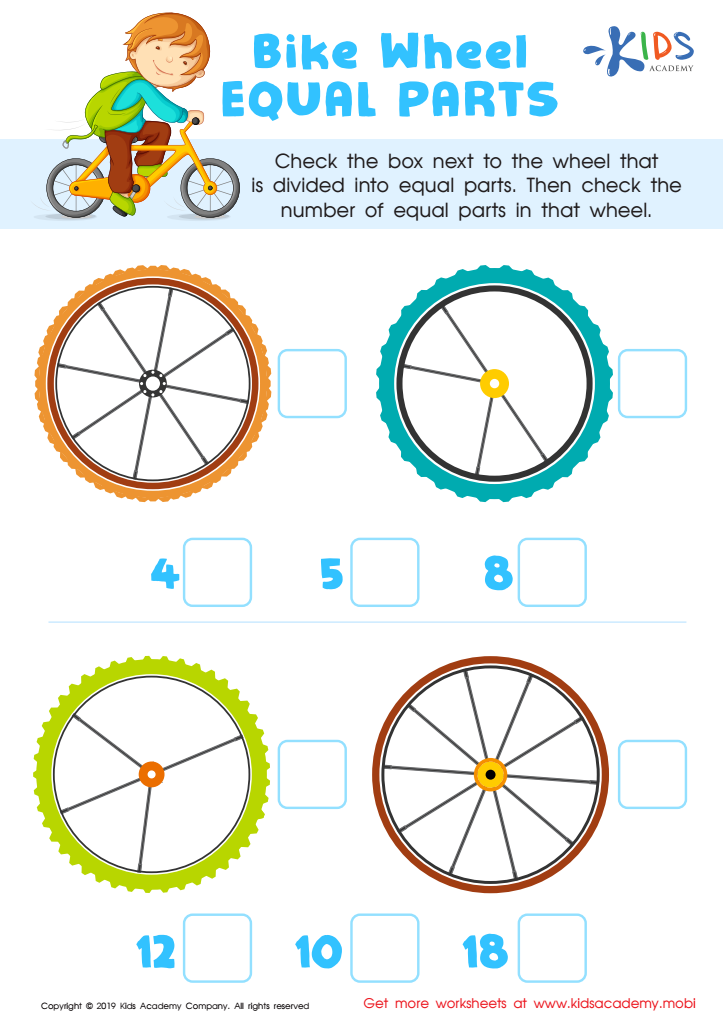

Bike Wheel Equal Parts Worksheet
Parents and teachers should care about teaching children aged 3-7 how to compare fractions because it lays a foundational math skill that plays a pivotal role in their educational development. Introducing basic concepts of fractions early can help cultivate numerical literacy, critical thinking, and problem-solving skills. Understanding fractions also promotes a deeper grasp of portions, proportions, and ratios, which are essential across various real-life applications, such as cooking, sharing, and dividing resources evenly.
For young children, comparing fractions helps to develop their number sense, enabling them to comprehend that fractions represent parts of a whole. This early exposure can demystify complex mathematical concepts later on by building essential skills incrementally. It sets a stage for future topics like decimals, percentages, and even algebra.
Moreover, when young children learn about fractions through playful and hands-on methods, such as using visual aids and manipulatives, it fosters a positive attitude towards math. This positive early experience can reduce math anxiety, encourage confidence, and motivate continuous learning.
In sum, focusing on comparing fractions for children aged 3-7 is not just about learning fractions—it’s about ensuring that kids have the skills and confidence necessary to successfully navigate the broader mathematical landscape and beyond.


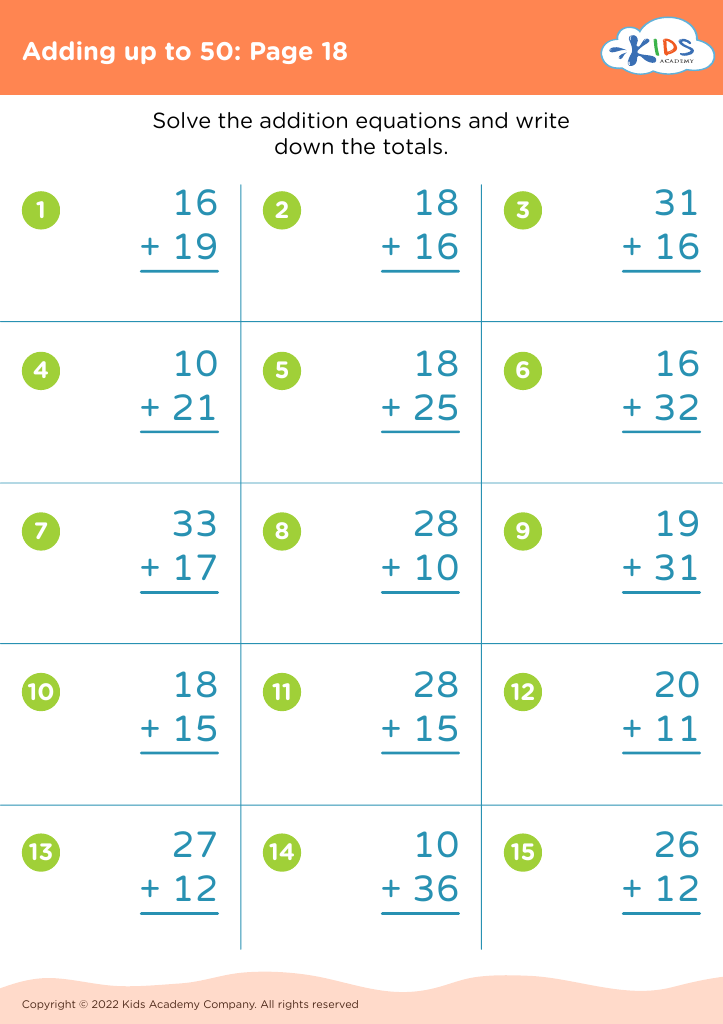
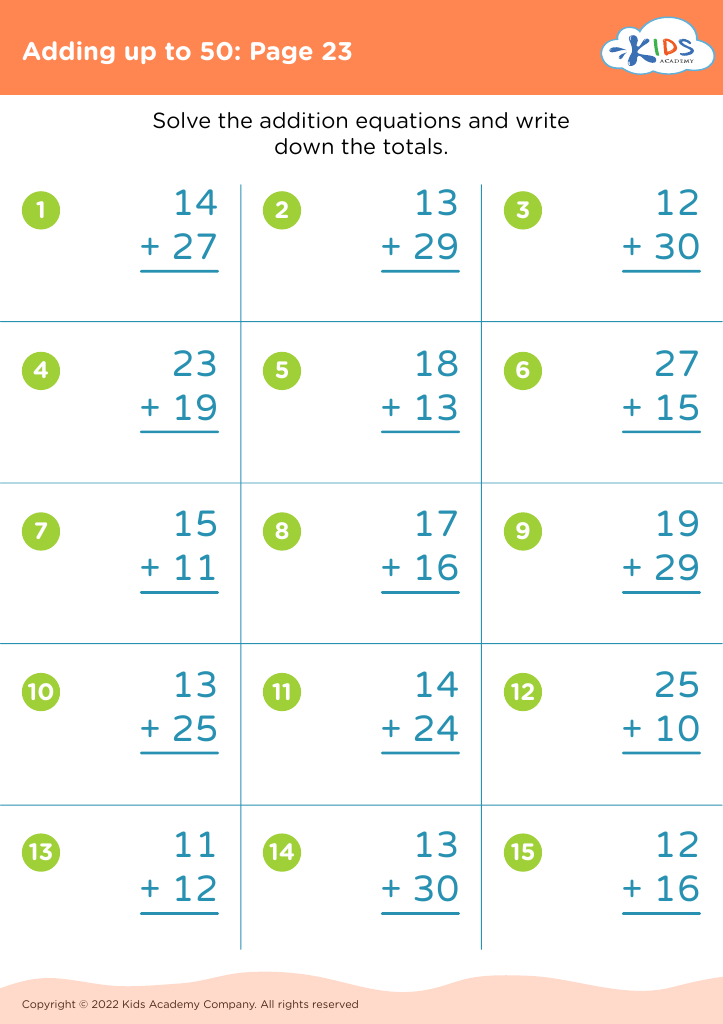
 Assign to My Students
Assign to My Students
